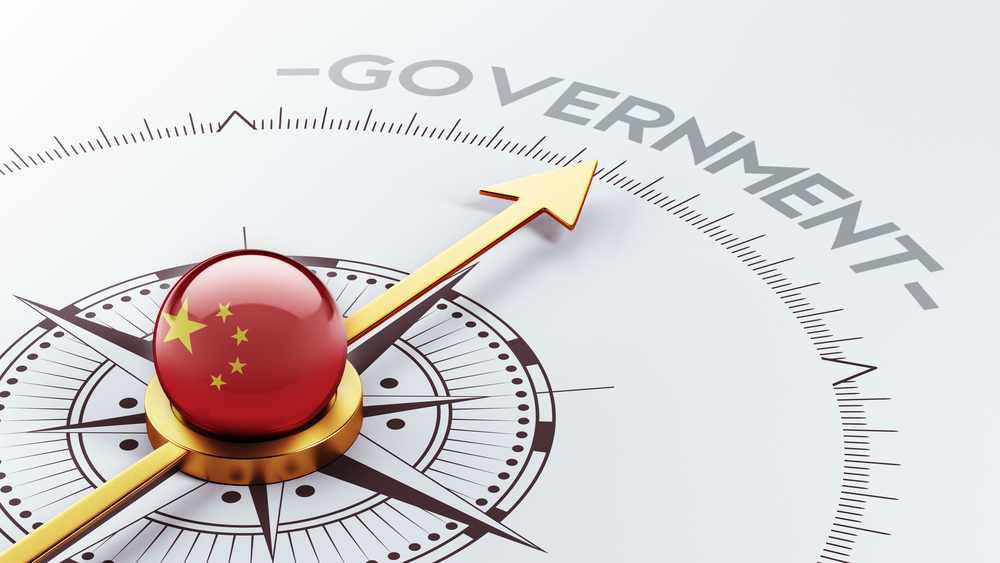China’s Economy: Mostly Planned or Mostly Market

Please note that we are not authorised to provide any investment advice. The content on this page is for information purposes only.
There is a recurring question on the nature of China’s economy — is it mostly planned or mostly market? This question has become more concrete this year as China’s partners are scheduled to decide on whether or not to grant China ‘market economy status’. If adopted, this would limit WTO-compatible trade remedies.
There is a recurring question on the nature of China’s economy — is it mostly planned or mostly market? This question has become more concrete this year as China’s partners are scheduled to decide on whether or not to grant China ‘market economy status’. If adopted, this would limit WTO-compatible trade remedies.
Legalities aside, market status involves many factors, including collective ownership of rural land and continued restrictions on labour movement. A critical component is whether private or state-owned enterprises (SOEs) lead borrowing, investment, production, trade and profitability. While China’s corporate sector has changed dramatically since reform began, claims that the private sector now dominates the economy are exaggerated.
Chinese national news agency Xinhua ran several pieces during the first week of May 2016 indicating official worries over the apparent underperformance of private investment in the first quarter, citing Premier Li Keqiang and the State Council. This was said to be important because the private sector is purported to contribute 60 percent of GDP growth and 80 percent of jobs.
How these numbers were derived is unclear, but they are almost surely wrong. The National Bureau of Statistics (NBS) reports in its China Monthly Statistics that private fixed asset investment outperformed that of SOEs in the first quarter, with the latter actually declining. The gap between Xinhua’s estimate of private sector performance and those of the NBS is due to clashing definitions of ‘private’.
Xinhua says private firms accounted for 62 percent of fixed investment in the first quarter, while the NBS has that number at just 35 percent. The NBS has unambiguously public enterprises accounting for 27 percent. More than one-third of funds were invested by firms not classified as either public or private. Of that, the bulk was assigned to a category called ‘non-wholly state-funded limited liability corporations (LLCs)’.
Companies in this category cannot reasonably be deemed private. The most recent online publication of China Statistical Yearbook similarly divides LLCs into wholly and non-wholly state funded in its main indicators of industrial enterprises. It lists private LLCs separately, as a subdivision of private firms in general.
Private LLCs are more numerous, have smaller assets, similar revenue and are more profitable than non-private LLCs. This is exactly what one would expect when private firms are being compared to what are in fact SOEs or quasi-SOEs, where Chinese private firms will be smaller but better performing.
If they are not private firms, then what are non-wholly state-funded LLCs? There may be useful clues found in outward investment. While the true private sector role in China’s outward investment is expanding, capital stock held overseas remains dominated by SOE subsidiaries that have incorporated and sold minority stakes in Shanghai or Hong Kong, thereby qualifying as non-wholly state-funded LLCs. No one should consider them private. Foreign governments should and do understand them to be state-controlled.
Chinese corporates are best divided into three categories: state, private and mixed. The mixed group could also include, for example, majority state-owned foreign joint ventures. However, if the choice must be between state and private only (say for WTO purposes) then non-wholly state-funded LLCs are closer to public than private.
The results of forcing such a choice are illustrative. With non-wholly state-funded LLCs included, the public share of fixed investment in the first quarter of 2016 is near 60 percent. Data from 2013 show the public sector still accounting for only 30 percent of total firms but roughly 55 percent of assets, 45 percent of revenue and 40 percent of profits.
The rest is split among the true domestic private sector and foreign ventures (which could still have majority state ownership). These numbers are consistent with the idea that the state sector should spend more, but profit less, than the private sector.
There’s another vital area where the state share is much larger: debt. Official numbers do not categorise firms into corporate borrowing categories, but Moody’s latest estimates put SOE (according to Moody’s definition) debt at 115 percent of GDP. That would account for approximately 70 percent of corporate borrowing.
Those who claim private leadership can say that non-wholly state-funded LLCs are not the same as SOEs. The stronger point is that even some pure SOEs are qualitatively different than they were 20 years ago. However, it is a large and mistaken jump from these correct observations to treating mixed or ‘non-state’ as equivalent to private, which Xinhua and many other observers frequently do. The non-traditional-SOE sector may account for 60 percent of GDP; the private sector does not.
There are many implications of this category mistake. In Xinhua’s case, it is not clear private investment did underperform in the first quarter. More important, independent research portraying the corporate sector as dominated by private firms could mislead both the foreign business community and those foreign governments considering whether China should be granted market economy status.
China’s SOE sector is bigger than some would have us think is republished with permission from East Asia Forum




